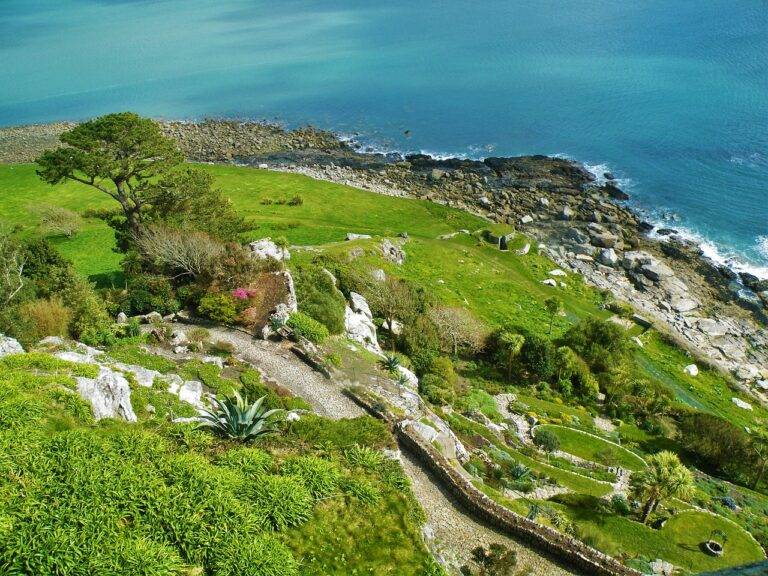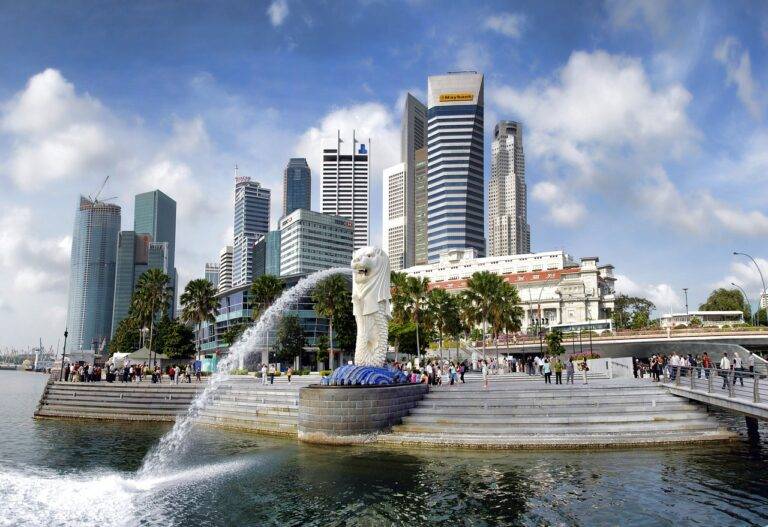Exploring Iconic Rivers and Waterways: A Journey on the Water
Covering a vast and diverse region in South America, the Amazon River is renowned for its unrivaled magnitude. With a length of over 4,345 miles, it holds the title of the second-longest river globally, flowing through countries such as Brazil, Peru, and Colombia. This colossal waterway is home to a plethora of unique wildlife and plant species, many of which are exclusive to its lush tropical rainforest surroundings.
As the lifeblood of the Amazon basin, this formidable river plays a critical role in maintaining the delicate ecological balance of the region. Its rich waters provide sustenance for a wide array of organisms, from the iconic pink river dolphins to the elusive jaguars that roam the dense jungle. Not only does the Amazon River support countless species of flora and fauna, but it also serves as an essential resource for the indigenous communities that have resided along its banks for centuries.
The Historic Nile River
Flowing through ancient civilizations and rich history, the Nile River stands as a witness to humanity’s remarkable past. Spanning over 4,000 miles in length, it is the longest river in the world. The Nile has served as a lifeline for countless communities, providing sustenance, transportation, and irrigation for centuries.
The Nile’s significance in Egyptian culture is profound, as it played a crucial role in the rise of one of the world’s most enduring civilizations. With its annual flooding bringing fertile soils to the surrounding lands, the river enabled the flourishing of agriculture and the development of complex societies along its banks. The Nile River continues to captivate with its timeless allure, echoing the legacy of the ancient world.
What is the significance of the Nile River?
The Nile River is historically significant as one of the longest rivers in the world and played a crucial role in the development of ancient Egyptian civilization.
How long is the Nile River?
The Nile River is approximately 4,135 miles long, making it the longest river in the world.
What countries does the Nile River flow through?
The Nile River flows through several countries in Africa, including Egypt, Sudan, South Sudan, Ethiopia, Uganda, and Tanzania.
What is the importance of the Nile River to the surrounding communities?
The Nile River has been a vital source of water, transportation, and sustenance for the people living along its banks for thousands of years.
Are there any famous historical sites along the Nile River?
Yes, the Nile River is home to many famous historical sites, including the ancient temples of Luxor and Karnak, the Valley of the Kings, and the Great Pyramids of Giza.
How has the Nile River influenced the culture of Egypt?
The Nile River has had a profound impact on the culture of Egypt, influencing everything from agriculture and trade to religion and art.





